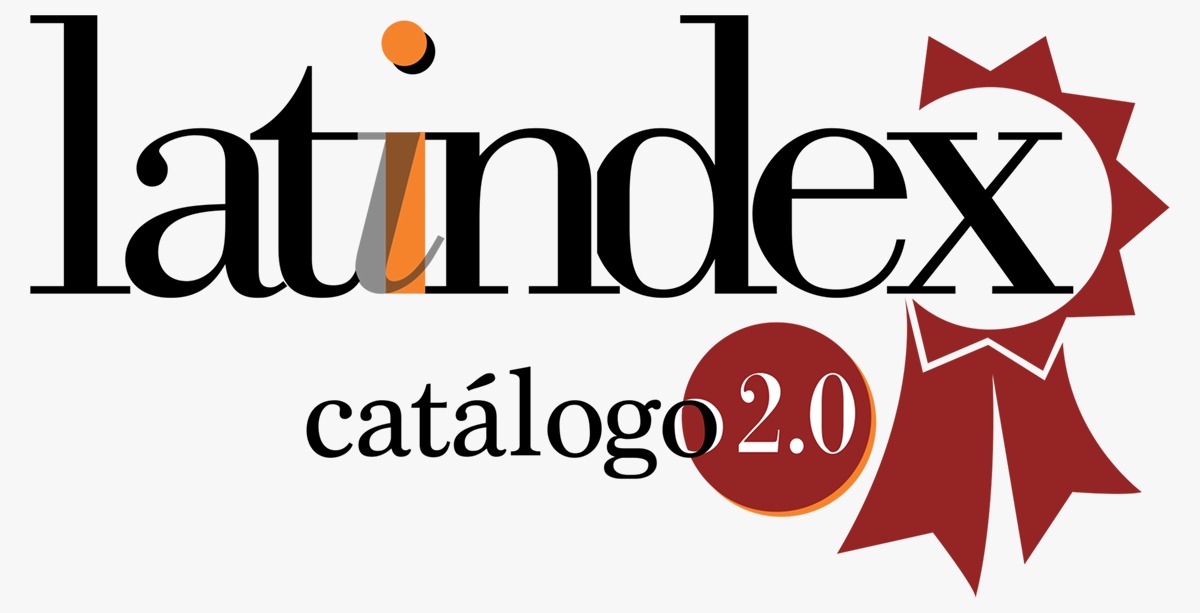Relevance of the Engineering in Graphic Design Program at the University of Guayaquil
DOI:
https://doi.org/10.29197/cpu.v14i27.270Keywords:
quality, graphic design, curriculum, professional profile, relevanceAbstract
This article presents a research study conducted to analyze the relevance of the Engineering in Graphic Design Program offered at the University of Guayaquil through the Faculty of Social Communication. The study took place in the academic year 2016-2017. The main objective was to analyze the relevance of the Program in terms of the provisions of the academic regulations and the regulation of harmonization of the nomenclature of professional titles and academic degrees. The research fits in the non-experimental type of studies. The methodology used was the inductive-deductive. The literature review included an analysis of the different laws and regulations; the data collection methods were surveys and interviews with those involved. Among the main results found are the great demand of professionals of Graphic Design that exceeds 70% of the surveyed companies, the development of a proposal to re-design the curriculum for a more relevant to the profile and occupational demands, one that promotes quality education according to the new requirements of the regulatory body of higher education in Ecuador.
Metrics
References
Bernal, C. (2010). Metodología de la Investigación administración, economía, humanidades y ciencias sociales. Bogota: Editorial Pearson educación
Carrera de Diseño Gráfico, Universidad de Guayaquil (7 de Octubre de 2016). Blog de Comunicación Visual. Obtenido de Coordinación de Investigación: http://inv-dg-ug.wixsite.com/investigaciondg/quienes-somos
CES (2014). Reglamentos expedidos. Obtenido de Reglamento de armonización de la nomenclatura de títulos profesionales y grados académicos que confieren las instituciones de Educación Superior del Ecuador: http://www.ces.gob.ec/index.php?option=com_sobipro&pid=1988&sid=2349:RPC-SO-27-No-289-2014&Itemid=536
Consejo de Educación Superior (15 de Marzo de 2010). Ley Orgánica de Educación Superior. Quito, Pichincha, Ecuador
Consejo de Educación Superior. (16 de 04 de 2017). http://www.ces.gob.ec. Obtenido de Reglamentos Expedidos por el CES: http://www.ces.gob.ec/index.php?option=com_phocadownload&view=category&download=524:reglamento-de-regimen-academico
Consejo de Evaluación, Acreditación y Aseguramiento de la Calidad de la Educación (16 de 04 de 2017). http://www.ceaaces.gob. Obtenido de http://www.ceaaces.gob.ec/sitio/wp-content/uploads/2013/10/MODELO-GEN%C3%89RICO-DE-EVALUACI%C3%93N-DEL-ENTORNO-DE-APRENDIZAJE-CARRERAS-2-0-Marzo-2015-FINAL-pdf.pdf
Educación de Calidad (7 de Enero de 2013). Obtenido de Educación de Calidad, E. (2013). Ley Orgánica de Educación Superior. Quito, Ecuador:: http://educaciondecalidad. ec/leyes-sistema/ley-educacion-superior-loes. html
Escorcia, R., Gutiérrez, A. y Henríquez, H. (2007). La educación superior frente a las tendencias sociales del contexto. Educación y Educadores, 64-65
Hernández, R., Fernández, C. y Batista, M. (2010). Metodología de la Investigación (Quinta ed.). México: McGRAW-HILL / INTERAMERICANA EDITORES, S.A. DE C.V.
Instituto de Estadística de la UNESCO (2014). Campos de educación y capacitación. 2013 de la CINE (ISCED-F 2013). Canadá. doi:DOI http://dx.doi.org/10.15220/978-92-9189-157-3-sp
Larrea, E. (25 de noviembre de 2016). http://www.ces.gob.ec/. Obtenido de Larrea, E (2014b). Modelo de organización del conocimiento por dominios científicos, Tecnológicos y humanísticos. Consejo de Educación Superior Recuperado de http://www.ces.gob.ec/doc/Noviembre/conocimiento%20por%20dominios%20cientficos.pd
Matute, C., Alume, F., Jaramillo, B. y Torres, J. (2016 de junio de 2016). Universidad de Guayaquil, Facultad de Comuniación Social. Propuesta de rediseño curricular de Carrera de Diseño Gráfico. Guayaquil
Registro Oficial, N. 298 de la República del Ecuador (12 de octubre de 2010). Ley Orgánica de Educación Superior. Quito. Recuperado el 2016, de http://www.ces.gob.ec/index.php?option=com_phocadownload&view=category&id=11:ley-organica-de-educacion-superior&Itemid=137
Rivero, E., Borja, A. y Riofrío, O. (15 de junio de 2015). Cumbres. Obtenido de Investigacion.utmachala: http://investigacion.utmachala.edu.ec/revistas/index.php/Cumbres/article/view/5
Tünnerman, C. (28 de 02 de 2017). Boletín Iesalec. Obtenido de http://www.iesalc.unesco.org.ve
UNESCO (17 de noviembre de 2016). Declaración mundial sobre la educación superior en el siglo XXI: Visión y Acción. Conferencia mundial sobre la educación superior. Obtenido de http://www.unesco.org: http://www.unesco.org/education/educprog/wche/declaration_spa.htm
Zabalza, M. (4 de diciembre de 2003). Universidad Politécnica de Valencia. Obtenido de III Jornadas de formación coordinadores, junio 2003: http://www.upv.es/europa/doc/Articulo%20Zabalza.pdf
Downloads
Published
How to Cite
Issue
Section
License
Unless otherwise indicated, all articles in this journal are published under a
Licencia Internacional Creative Commons 4.0 Atribución-NoComercial-CompartirIgual .
The authors retain the copyright and assign the right to the first publication to the magazine.









